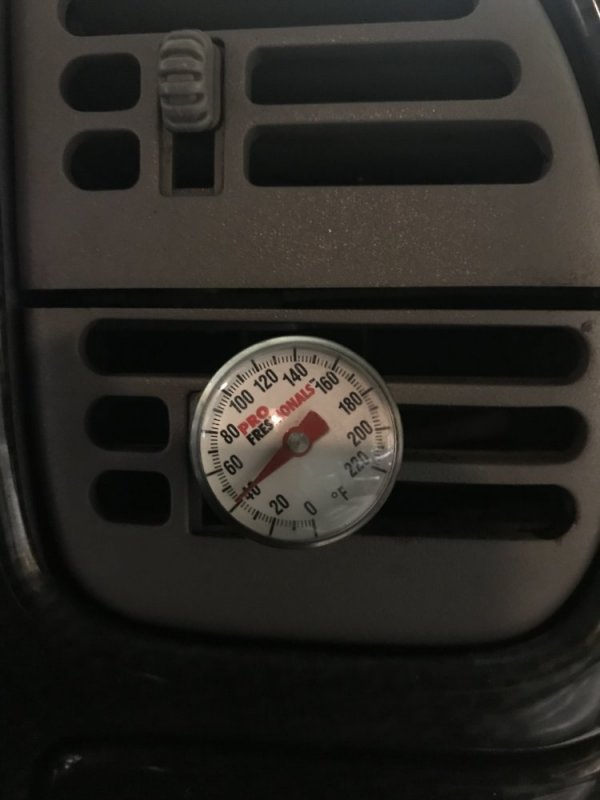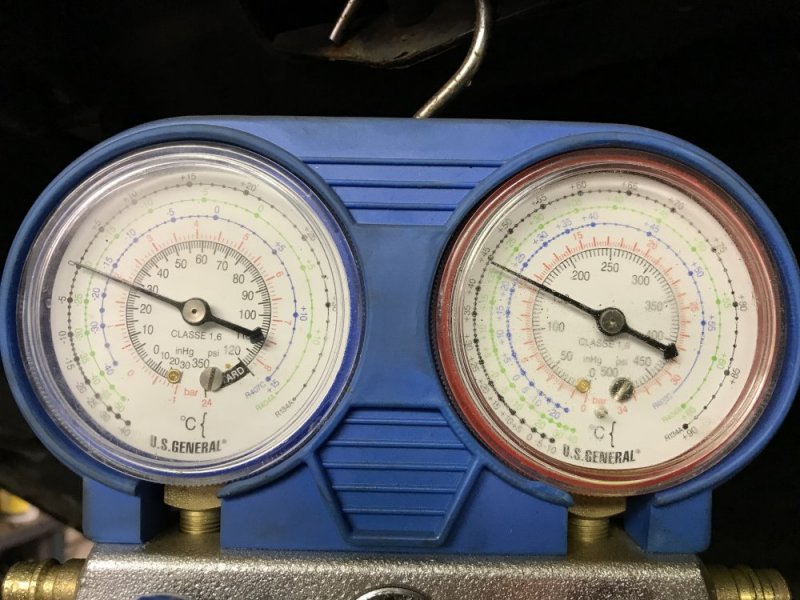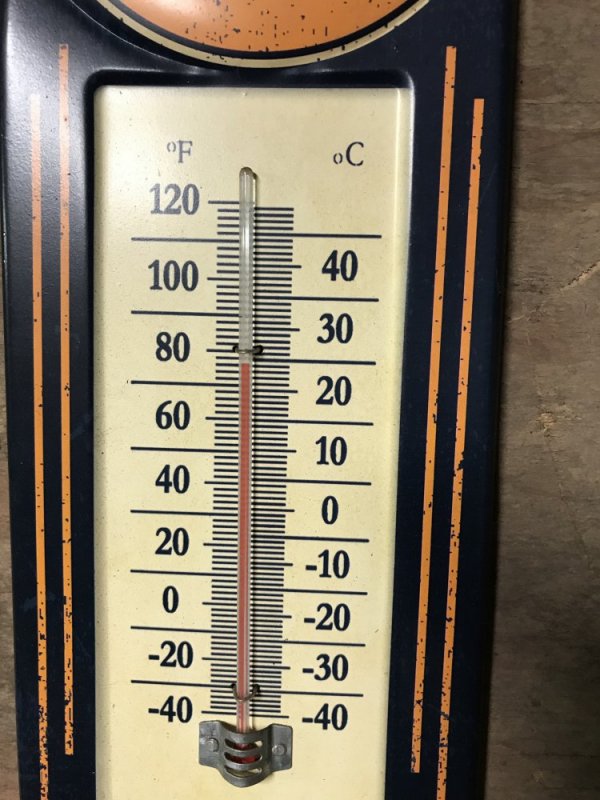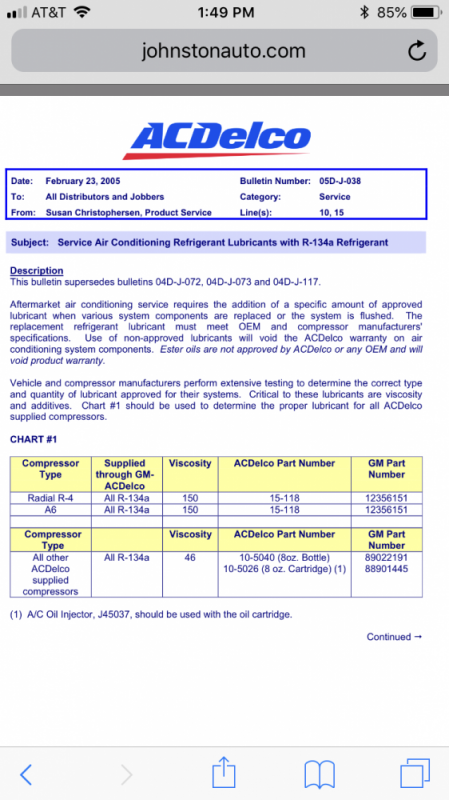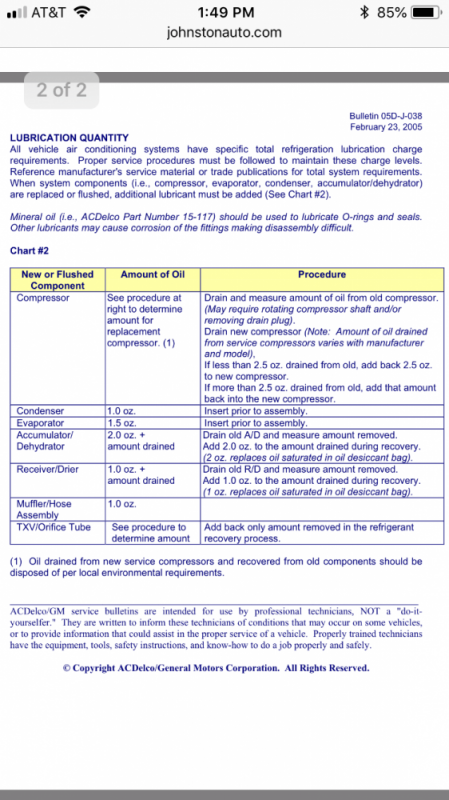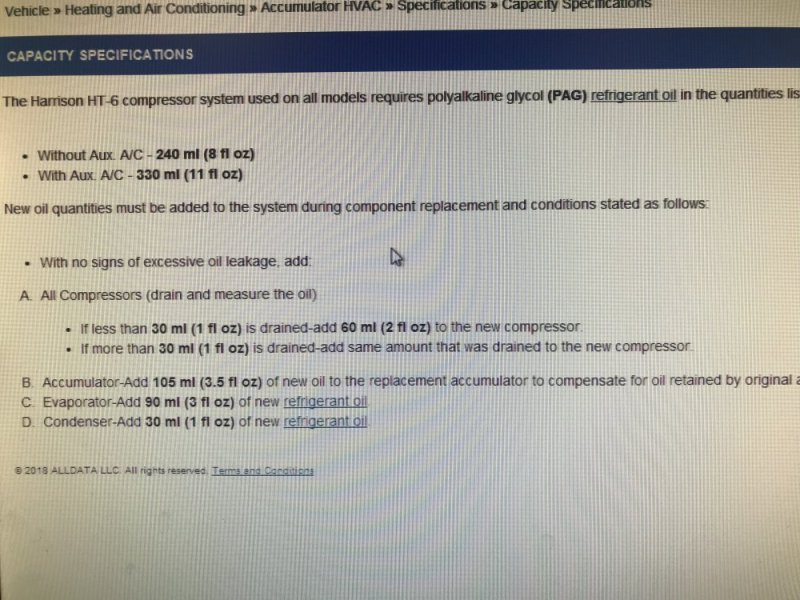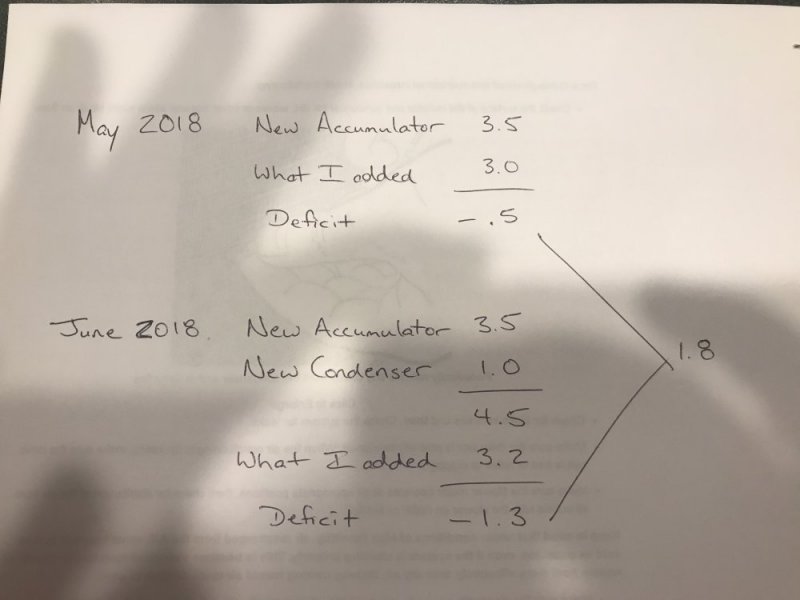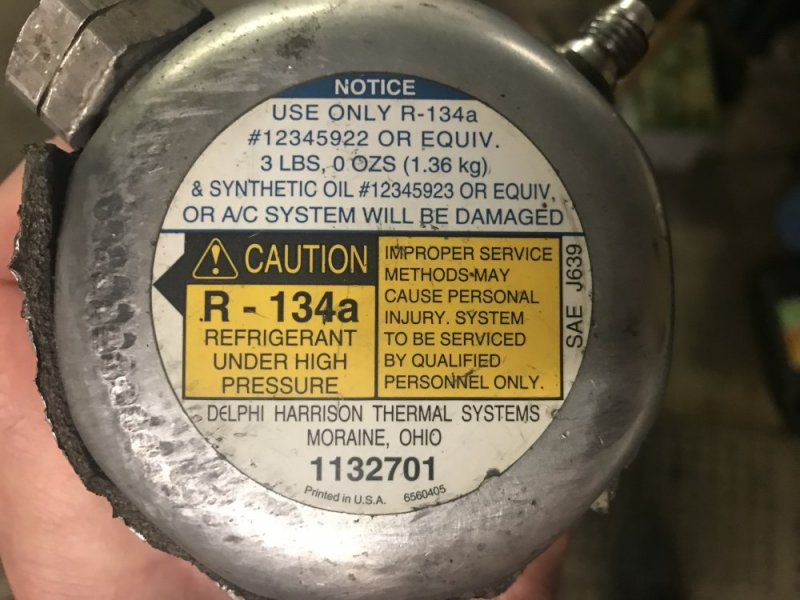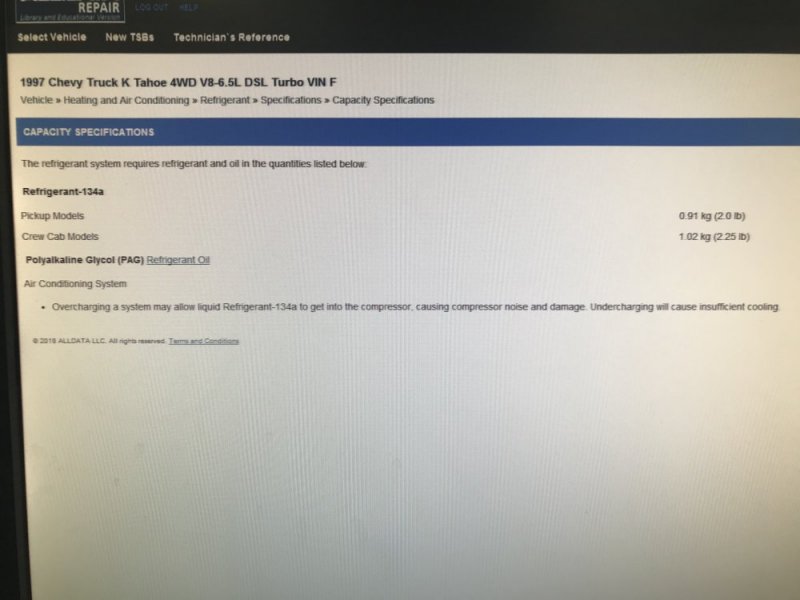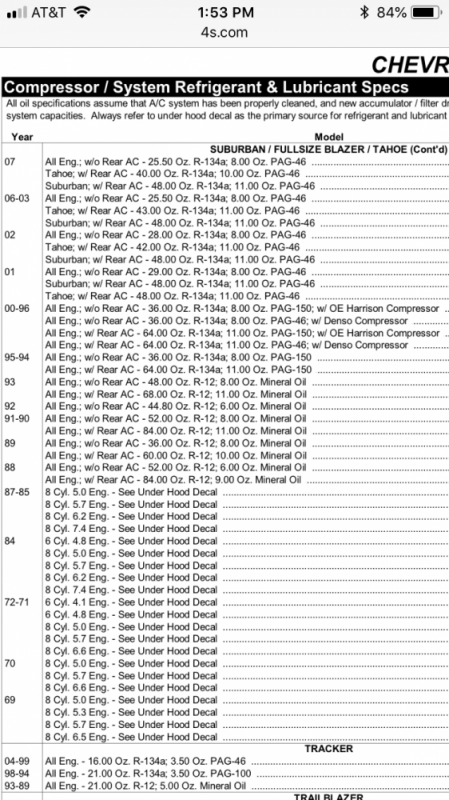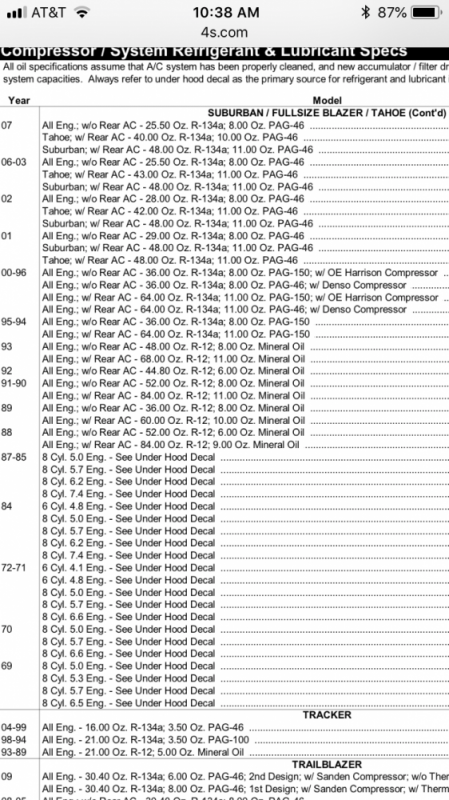FellowTraveler
Well-Known Member
Nice, I have a big 2 stage vacuum pump w/muffler and it draws down any system fast what I like is that you actually see the steam as it is pulled from the system.......yes it sucks but it's supposed too.I went home during lunch and replaced the accumulator. It held vacuum for 15 minutes.... so I started the pump again to dry the system. By the time I get home it will have been under vacuum for about 4.5 hours. All I need to do is charge the system and reinstall the grill. Then I’m ready for the next thing to break!

